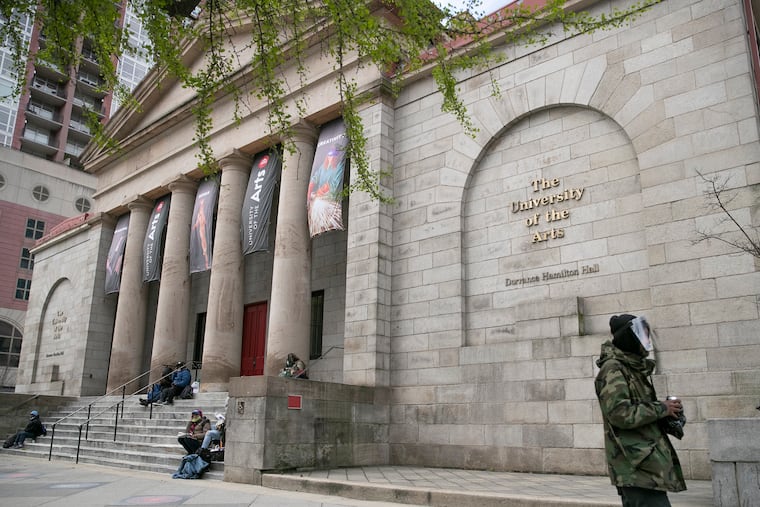University of the Arts raises $67 million in its first capital campaign. Here’s how it’ll be used.
Renovations of historic buildings, a boost for endowment, and money for scholarships are among the enhancements to the arts school.

Renovations of historic buildings, a boost for endowment, and money for scholarships are among the enhancements to the arts school.
